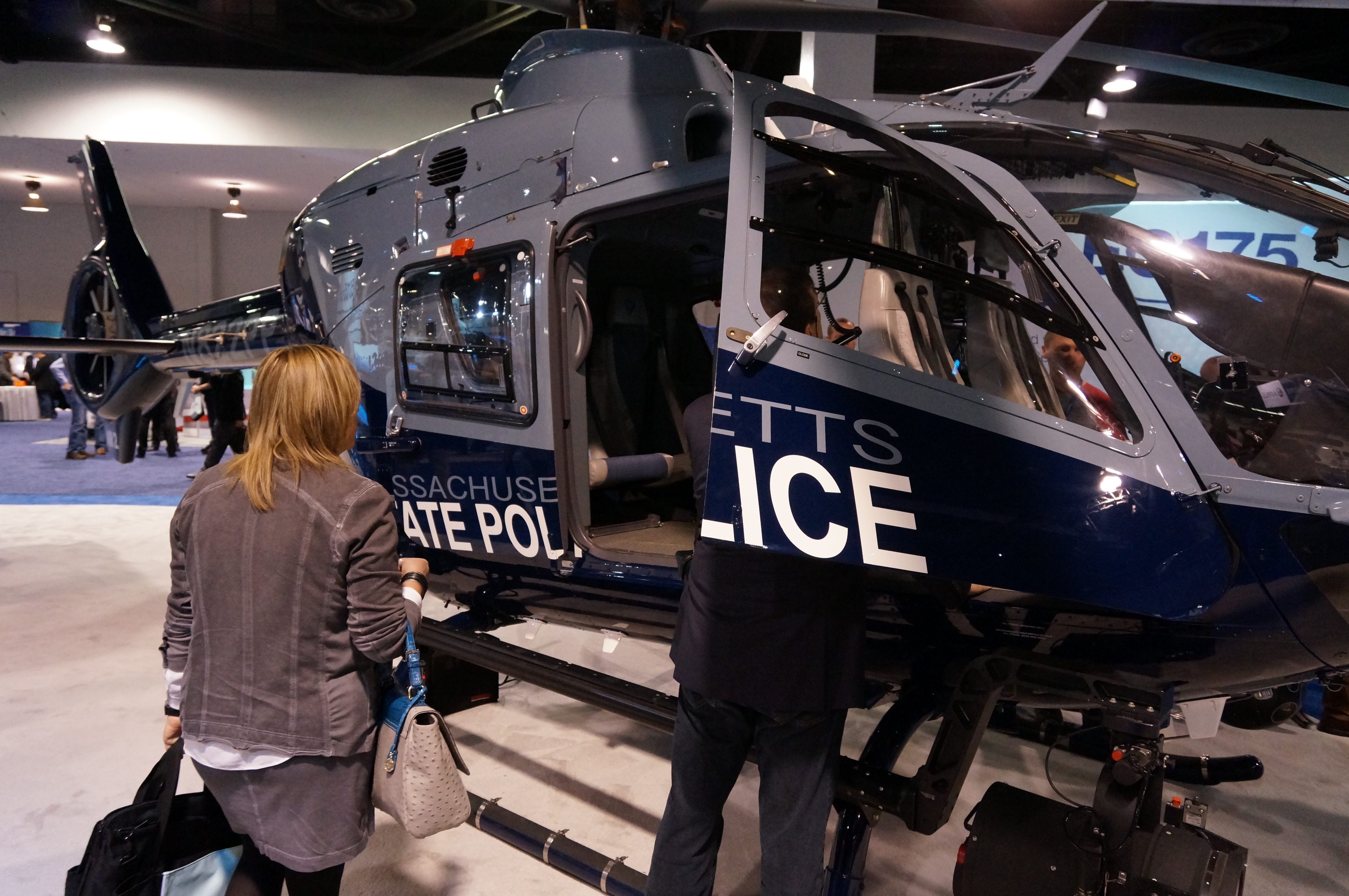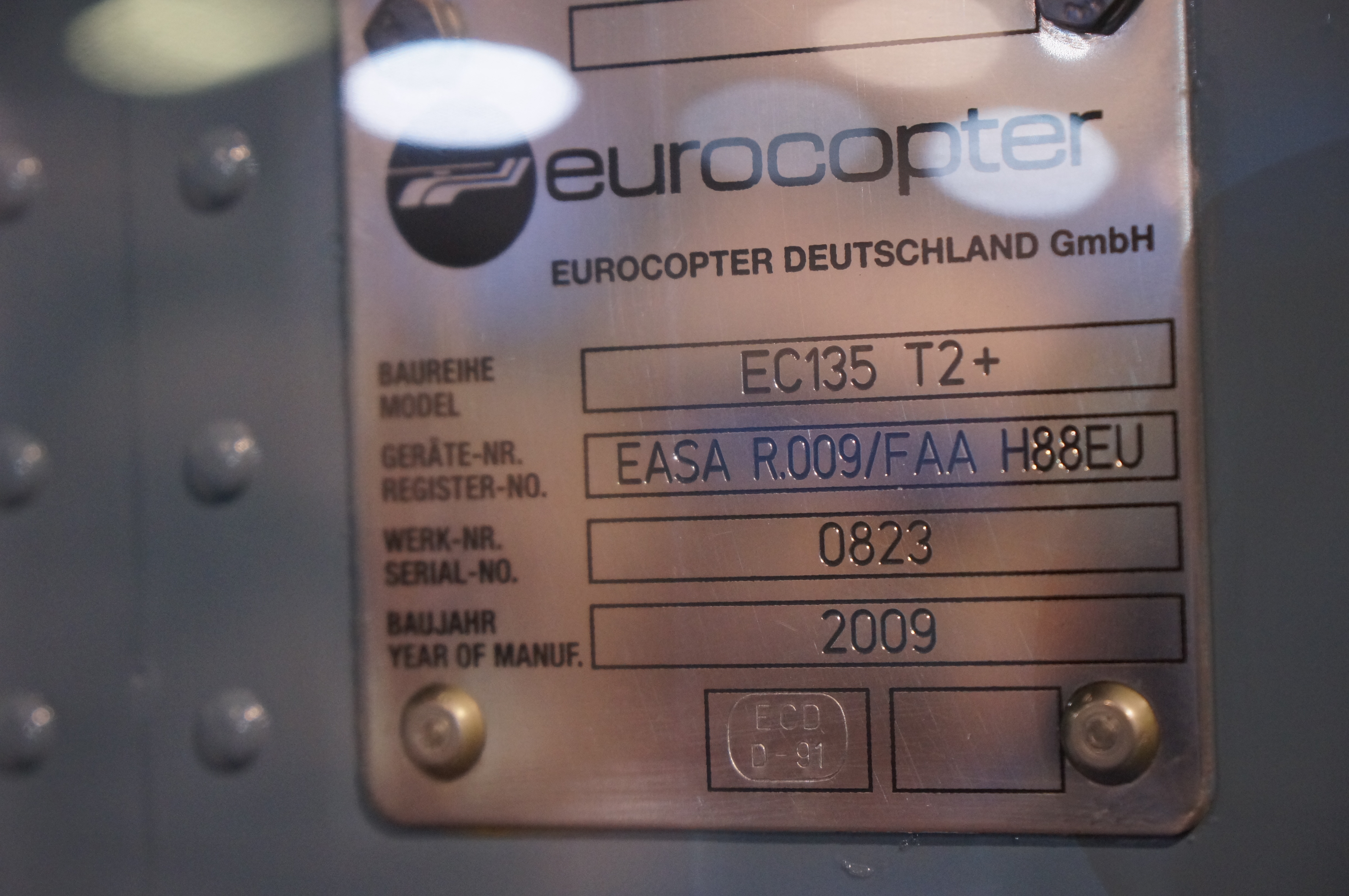Based on discussions with employers at Heli-Expo, the helicopter pilot job market is stable right now. Recruiters are working frantically to fill maintenance jobs with qualified mechanics, but pilots are fairly easy to find.
It is difficult for flight instructors to find jobs and the pay is minimal, reflecting the fact that this is for most people an on-the-job training position in preparation for one of the “real jobs” below.
Instructors in piston helicopters can get jobs flying sightseeing turbine machines in the Grand Canyon or Alaska as soon as they meet the 1000-hour minimum that these operators require under their voluntary safety programs. Turbine time is not necessary but a congenial personality is important. Pay works out to about $20 per hour, much of which will be spent on food and housing at the seasonal locale.
Once a pilot has an ATP certificate and 500-1000 hours of turbine time (presumably from 1-2 years flying with a sightseeing operator) he or she is ready for the emergency medical service operators (“EMS” or “HEMS”) or the offshore (to the oil and gas rigs) operators. These jobs tend to pay about $60,000 per year for VFR pilots and $70,000 per year for pilots in IFR operators (where you fly through clouds), with higher pay for those willing to live in an Arab or African country. In other words, when the rescue helicopter is called in by the fire department, the person who flies the $4-6 million machine through the dark cloudy night is earning about one third as much as the firefighter who made the phone call (LA firefighters were paid an average of $142,000 in 2013 (LA Times) but pension and other benefits are probably worth at least another $100,000 given that retirement age is 50 and benefits are 90 percent of pay).
The highest-paid helicopter flying jobs in the U.S., considering the value of pensions and other benefits, are with government employers, especially state and local agencies such as police departments. These jobs also have the best working hours. However, these jobs often cannot be obtained by virtue of having flying skills and experience. One must first become a police officer and then get trained, at the local government’s expense, to be a pilot. The Massachusetts State Police is probably one of the best places for a young person to get started. Airbus Helicopters looked through all 50 states for the most lavishly equipped Airbus/Eurocopter that they could display at the show. They found their machine in a Massachusetts State Police hangar. The EC135 was flown to Los Angeles for the show and will be flown back at the end of this week. Here are some photos:
[Look at the data plate on the helicopter. If you’re a Massachusetts resident make sure to put two extra stamps on your state income tax return this year. Remember that the money is going all the way to Germany.]
Related: Government Accounting Office report on “Current and Future Availability of Airline Pilots” (February 28, 2014).


“The EC145 was flown to Los Angeles…”
Let’s see, given the 425 mile range (= 8 stops for fuel) and 150mph cruising speed, the trip would take a minimum of three days each way (assuming the pilot works in 8 hour shifts). Let’s hope Eurocopter picked up the tab on this trip.
With a fuel cost of $3.71 per nm, the round trip is almost $20K in fuel alone.
What do the mechanics get paid per hour or year?
Patrickg: I’m not an expert on mechanics’ salaries but the retail rate at airplane maintenance shops is typically lower than what you’d pay to get your car fixed. Skilled mechanics certainly don’t starve but they also don’t get rich. Airline mechanics are unionized but they can’t demand the high salaries that some senior airline pilots get due to the fact that it is legal for an airline to outsource maintenance if, for example, all of the mechanics were to demand $200,000 per year.
Phil,
In speaking with several police pilots, it seems that in California the norm is for existing sworn officers to pay for their own training to meet the minimum requirements for a flying job slot.